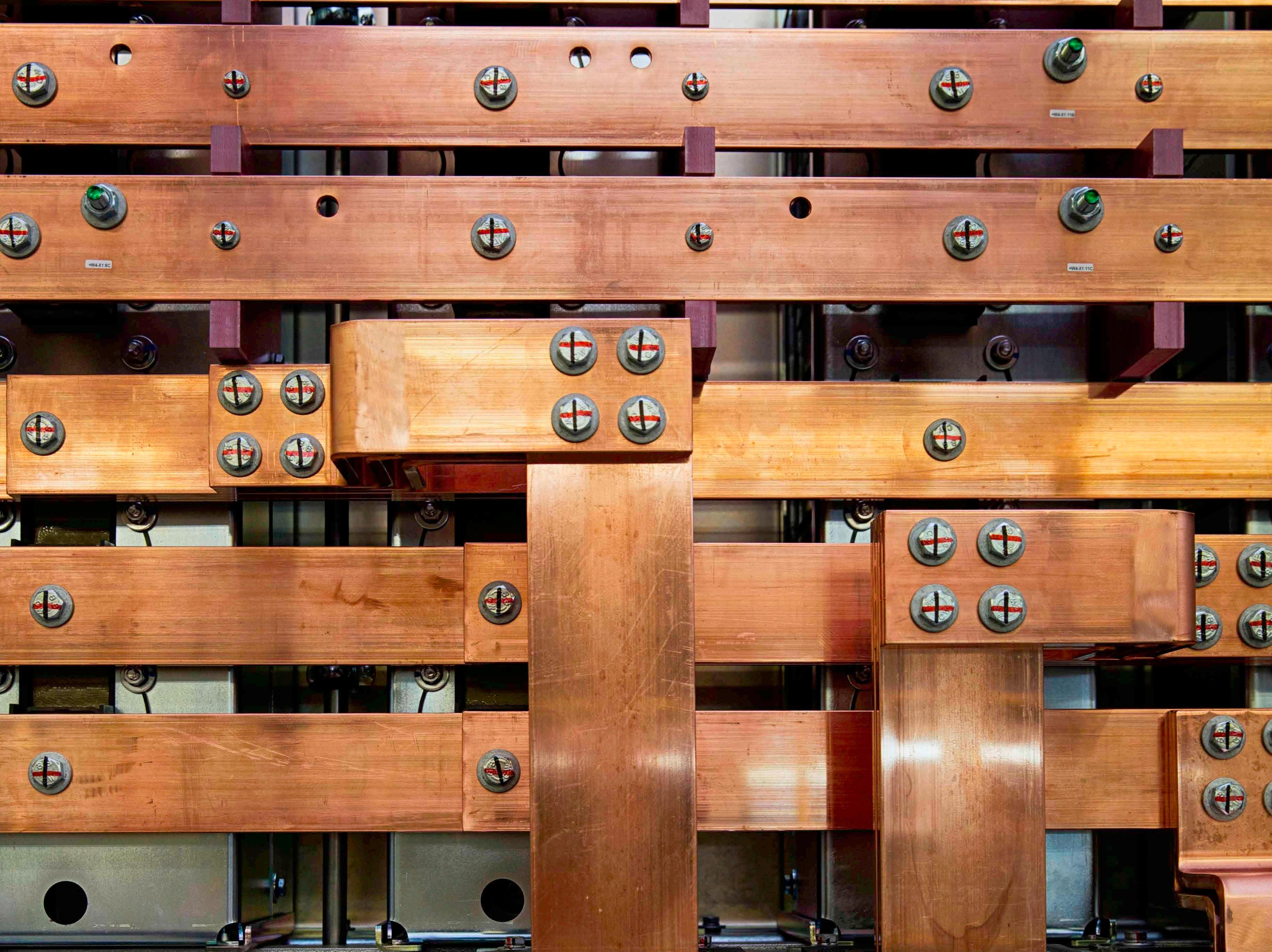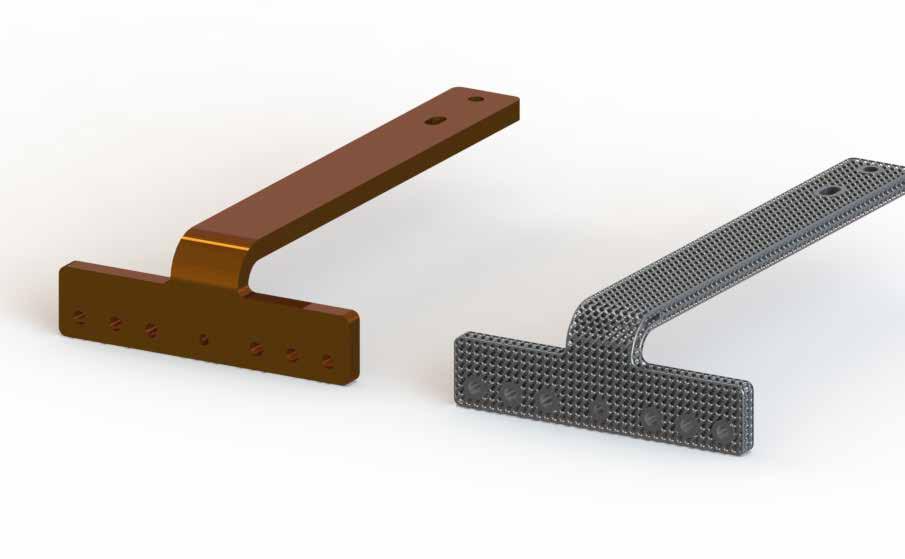
1 minute read
3D-printed busbars
Utilising the latest technology and innovation in 3D printing, we have designed a new conductive busbar together with the Danish Technological Institute - a busbar is an essential component for power distribution in a wind turbine.
Innovating an important component
At KK Wind Solutions, we promote a sustainable future through innovative products and solutions that pave the way for renewable energy. We demonstrate our ability to design and develop more sustainable production practices by developing our new, innovative busbar.
Conductive busbars are essential components in many wind turbine subsystems, including the converter.
Traditionally, busbars are made from copper, which provides lower power loss, voltage drop and electrical resistance than most metal types. However, the traditional busbar forming process relies on subtractive manufacturing, which has a higher CO2 impact.
3D-printed innovation
3D printing has the potential to revolutionise production, service, and maintenance by unlocking new design possibilities, optimising material usage, and reducing costs.
Previously, we only used 3D printing on a limited scale for experimentation, mock-ups, scale models and sales models. We have now advanced to a level where we are ready to embrace new opportunities with 3D metal printers.
This technological advancement has significantly increased our innovation capabilities, enabling us to improve the quality of our products and prioritise reducing our carbon footprint.
In close collaboration with the Danish Technological Institute (Teknologisk Institut), we have worked to produce a 3D-printed busbar in aluminium.
A material with considerable advantages
Aluminium is highly recycled and offers several benefits. Its lightweight properties reduce weight while maintaining a high conductivity level, reducing transport costs. Ultimately, this reduces CO2 emissions and offers a positive climate impact.
Three key differences between the original busbar in copper and the 3D-printed version in aluminium:

1. Weight reduction:
The 3D-printed version is made of aluminium, which on average weighs approx. 30% less than copper while retaining approx. 60% of its conductivity. This weight reduction increases its efficiency and helps reduce transport and logistical costs.
2. Savings in material consumption:
The 3D-printed version achieves a remarkable 96% savings in material consumption, thanks to its choice of material and unique structure.
3. Improved cooling:
The innovative design of the new busbar features a large surface area constructed in a lattice structure, resulting in a lighter component and significantly improved cooling effectiveness.
A proven solution
We have extensively tested the new 3D-printed busbar to ensure that it meets or exceeds the requirements set by the copper version.
This allows customers to select a more sustainable alternative that securely distributes power throughout their wind turbine.
We will use the potential of 3D printing technology to rethink and redesign components and the subsystems they are a part of as we keep pushing the boundaries of what is possible.







